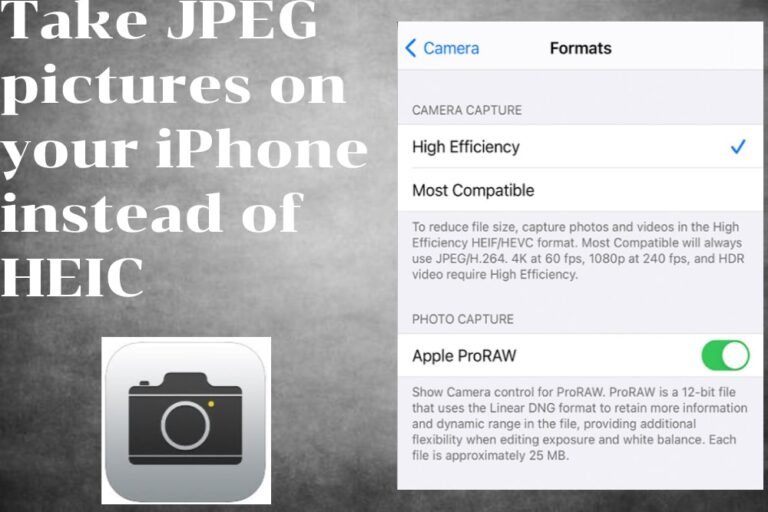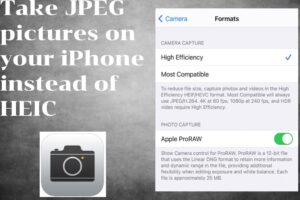Since iOS 11, your iPhone has, of course, captured pictures in a format called HEIC (otherwise called HEIF), and HEVC for video. It’s a more proficient format than the old default, JPEG, on the grounds that it saves storage space with smaller file sizes, despite the fact that the quality of pictures is almost identical. Here we will see how you can save HPEG iPhone photos as JPEG not HEIC!
In any case, there are reasons that you should shoot in JPEG (or then again, in case you’re more focused on video, H.264). For one, while HEIC is making up for a lost time, JPEG is a significantly more generally compatible format, having been around for just about three decades. What’s more, perhaps you don’t trust in the quality of HEIC for whatever reason, so you need to stay with something more recognizable. Fortunately, iOS makes it simple to change photo and video formats in the Settings app.
What we will see here?
What is HEIC?
HEIC is the document design name Apple has decided for the new HEIF (High-Efficiency Image Format) Standard. Utilizing advanced and modern compression techniques, it permits photos to be made in smaller file sizes while holding a higher picture quality contrasted with JPEG/JPG.
This new record type, notwithstanding, may not be compatible with all gadgets. Even earlier versions of OS X (pre-high Sierra) can not open HEIC files without anyone else.
Take JPEG instead of HEIC
- Dispatch the Settings app on your iPhone or iPad.
- Tap Camera. You may need to look over a piece to discover this choice.
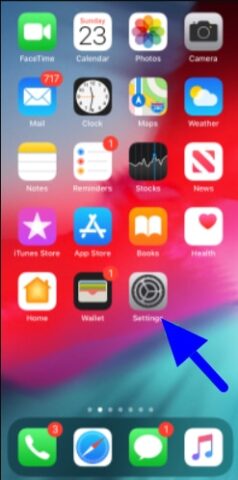
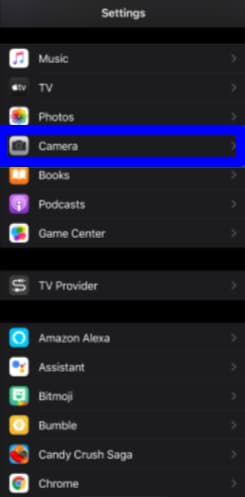
- Select the Formats, then, at that point Tap Most Compatible. In the event that you need to switch back to HEIC, follow these steps advances yet tap High Efficiency.
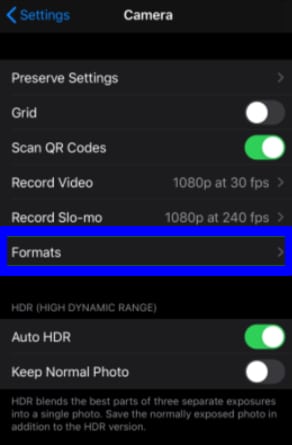
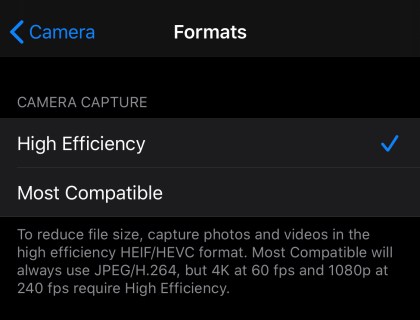
You can now shoot JPEG pictures rather than HEIF photos. You’ll likewise shoot H.264 for video rather than HEVC.
Automatically convert JPEG photos while transferring them to a Mac/PC
- Dispatch Settings from your home screen.
- Tap Photos. You may need to look over a bit to discover this choice.
- Tap Automatic. It will be at the actual lower part of the screen under Transfer to Mac or PC
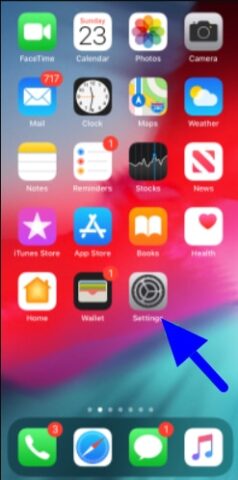
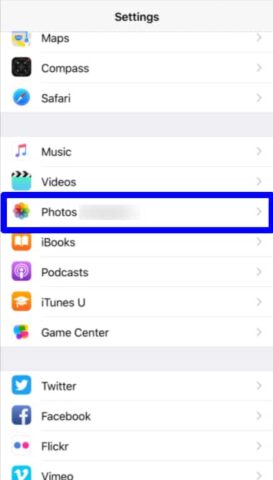
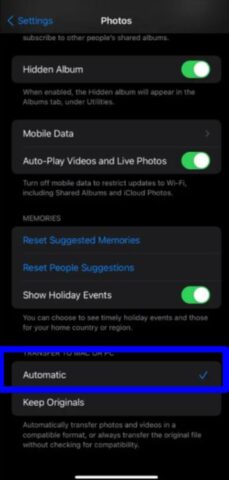
Converting HEIC over to JPEG on the iPhone
In case that you as of now have a photo in the HEIC network and you need to convert it over to JPEG, there are various approaches to convert over the record straightforwardly on the iPhone.
Photo Editing App
iOS photo editors like
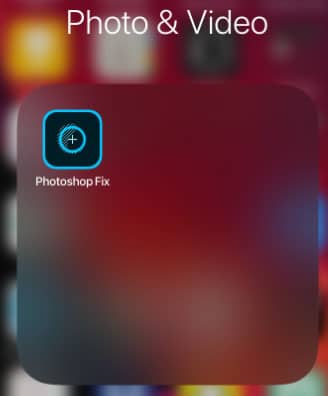
Email the Pictures
The built-in Apple Mail app in iOS will consequently convert over any connected HEIC pictures to JPEG when sending, regardless of whether the “Actual Size” quality is chosen.
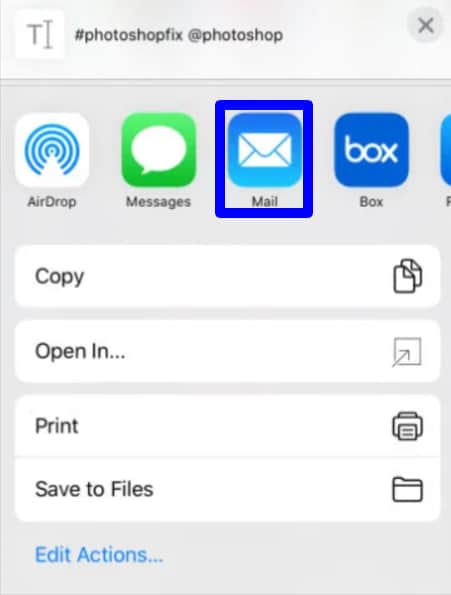
Dropbox Camera Upload
In case that you utilize the Dropbox app’s capacity to automatically transfer your iPhone pictures, you can arrange it to convert everything over to JPEG before transferring. Inside the Dropbox app,
- Go to Account then click on the Camera Uploads.
- Hit on the Save HEIC Photos As, then tap JPG.
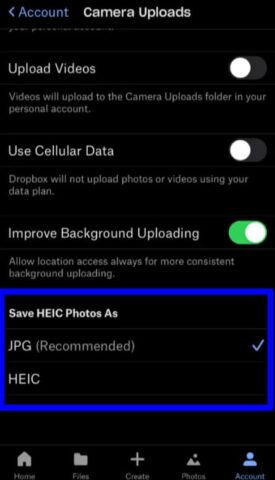
OneDrive Camera Upload
Like Dropbox, the OneDrive app can convert your HEIC files to JPEG before transferring. No compelling reason to arrange anything here, notwithstanding, as it converts to JPEG as a matter of course.
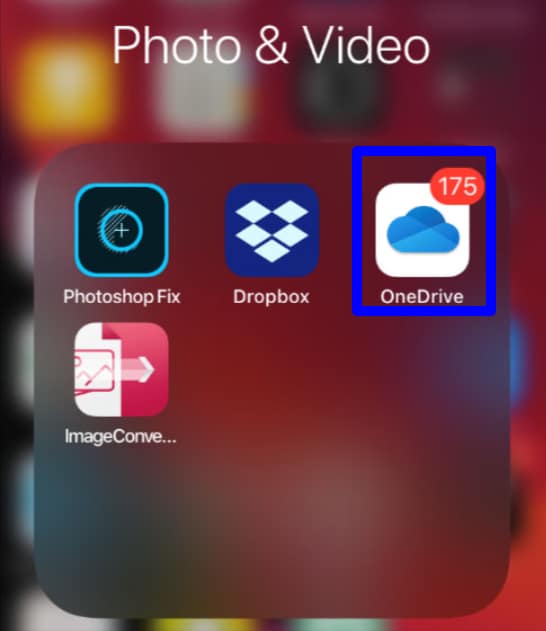
Cons of JPEG
While JPEG may be a more compatible format than HEIC, picking it rather than the more effective format has its cons. One of the main issues surrounds video, really. Pick JPEG additionally means pick H.264 for video. In any case, if that you need to utilize highlights like 4K at 60 frames per second video recording or 1080p at 240 fps slow movement, you’ll need to pick High Efficiency.
Conclusion
Save iPhone photos as JPEG not HEIC. Because most of the time, these HEIC pictures are storage-efficient however numerous gadgets aren’t compatible with them. With the release of iOS 11, Apple replaced JPEG with another picture design called HEIC. Apple exchanged the default camera formats for photos and videos to High-Efficiency Image File Format (HEIF) for pictures and sequences of pictures. For phots, that implied utilizing HEIC files rather than JPEG, and the default for videos is presently HEVC rather than H264.
These new standards take into file sizes to be smaller while keeping up with a similar quality, which means you’ll have the option to store more pictures and videos on your iPhone.


